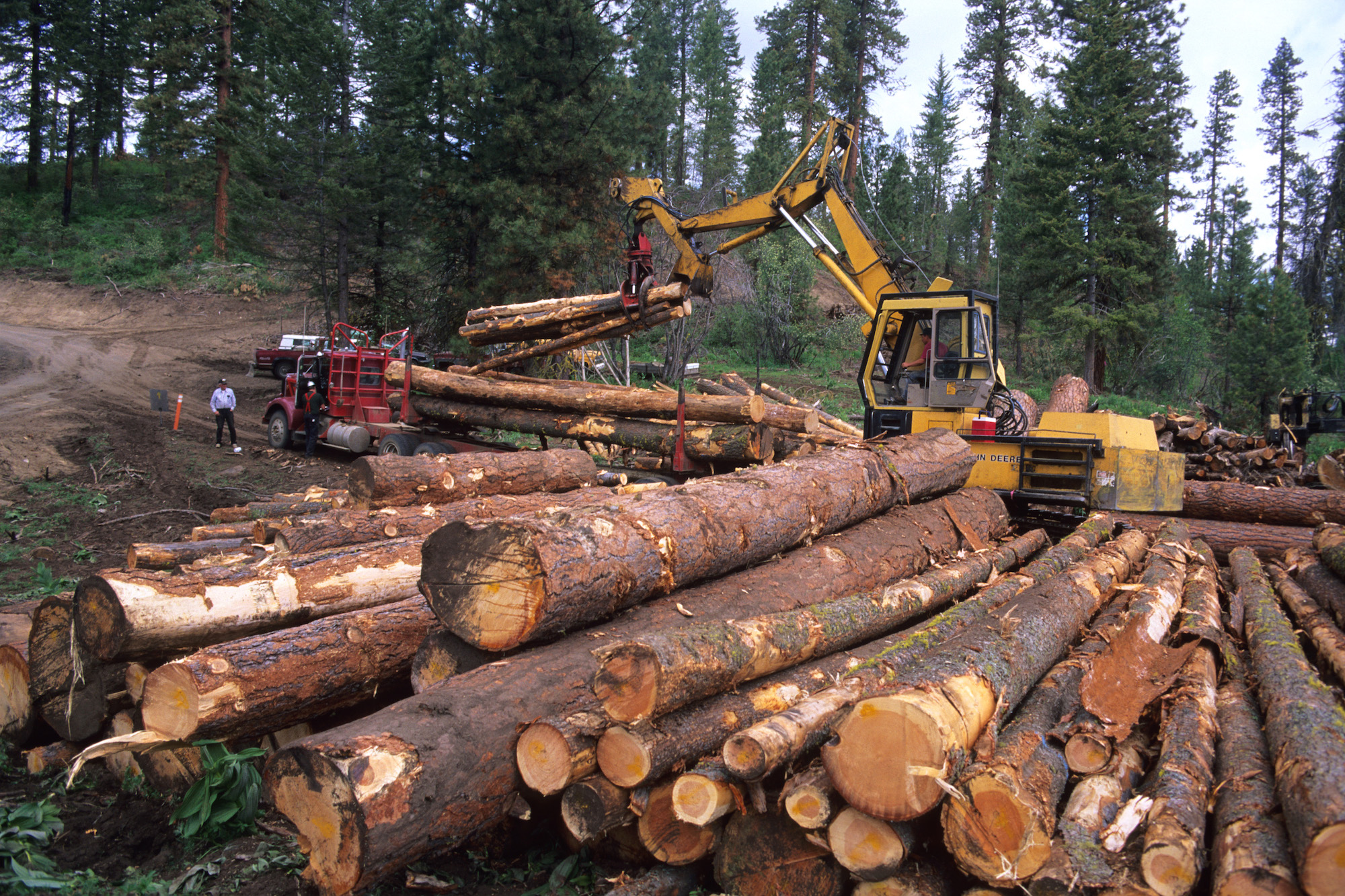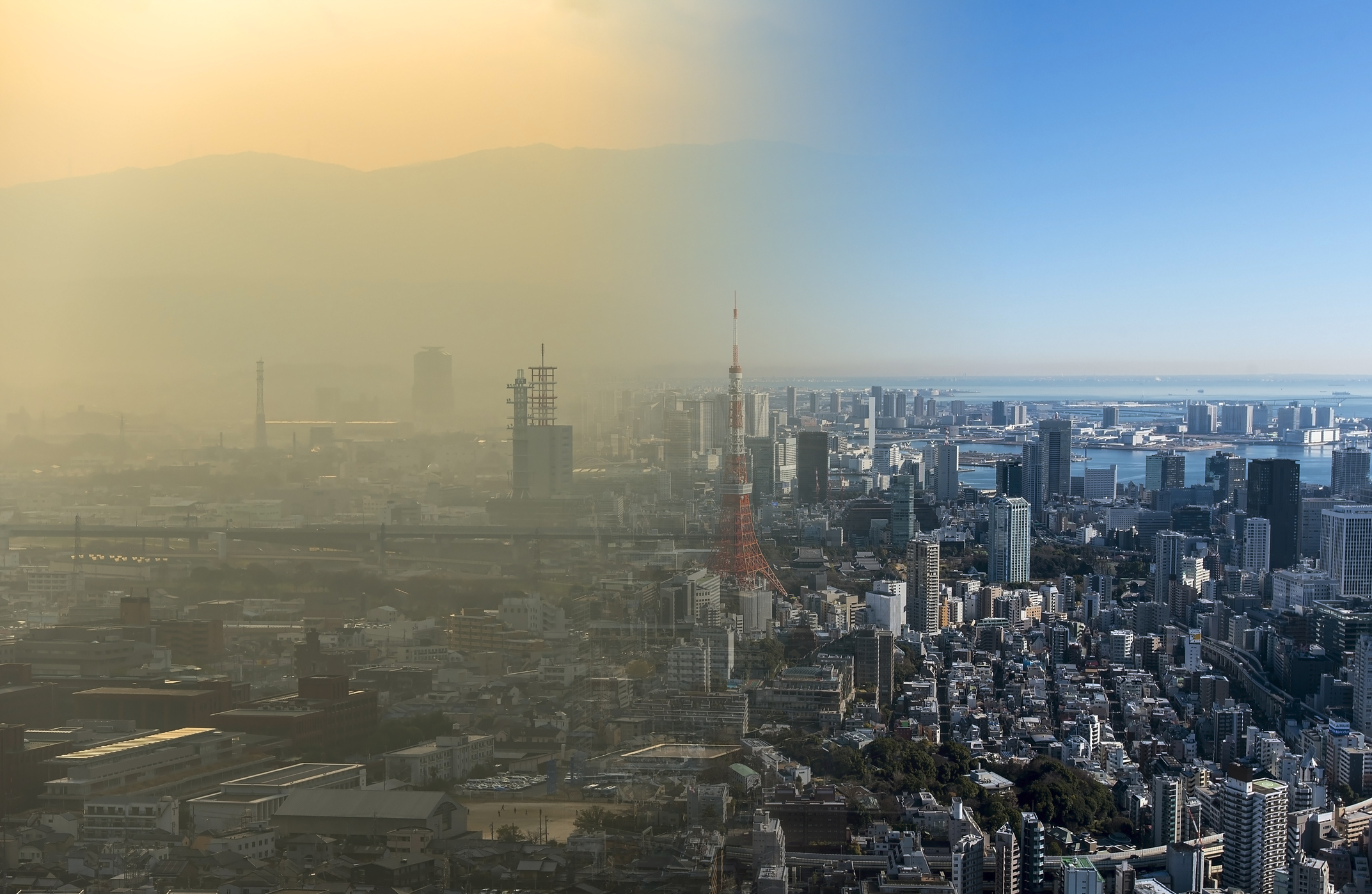- Fashion weeks are some of the most glamorous events in the world, bringing together designers, models, celebrities, and media in cities like New York, London, Milan, and Paris.
- They are meant to showcase creativity and style, but behind the lights and runways lies a significant environmental cost.
Fashion weeks are some of the most glamorous events in the world, bringing together designers, models, celebrities, and media in cities like New York, London, Milan, and Paris. They are meant to showcase creativity and style, but behind the lights and runways lies a significant environmental cost.
Industry estimates show that the Big Four fashion weeks produce about 241,000 tons of carbon emissions each year, mostly from flights, hotels, and transport, with New York alone responsible for an estimate of over 30% of this footprint. The huge sets, bright lights, and energy demands of the shows themselves add to the climate burden.
The environmental impact does not stop there. Fashion weeks fuel global consumer behavior by driving trends and encouraging people to buy more, creating pressure for higher production. This links directly to a global fashion industry that is one of the most resource-intensive in the world.
In 2023, the sector produced 944 million metric tons of greenhouse gases, a 7.5% increase from the previous year according to the Apparel Impact Institute’s (Aii) annual report. Additionally, the fashion industry is the second-biggest consumer of water and is responsible for 2-8 % of global carbon emissions yet 85% of all textiles go to the dump each year.
The United Nations Environment Programme (UNEP) has highlighted that fast fashion in particular contributes heavily to this problem, with rapid production cycles that come at a high cost to the climate.
Read More
In response, some fashion weeks are taking steps to become greener. Copenhagen Fashion Week now requires at least half of every collection to use recycled or eco-friendly materials, while Milan has used its platform to honor designers who focus on circular design and climate action through the Camera Nazionale della Moda Italiana (CNMI) Sustainable Fashion Awards.
These shifts show that sustainability is becoming part of the conversation, though some may argue that the scale of the challenges is far greater than the measures taken so far.
The structure of fashion weeks themselves makes sustainability difficult, with shows across multiple cities in quick succession that depend on constant travel and high production levels. Without deeper changes, there is a risk that small adjustments may be viewed as greenwashing.
Many supply chains also remain heavily tied to fossil fuels, and as Vogue Business notes, brands have been slow to adopt cleaner energy sources despite available solutions.
There are signs of progress. Audiences are increasingly demanding responsibility from the brands they follow, and conversations about recycling, upcycling, and reducing emissions are becoming central.
Future fashion weeks may need to rethink their structure, combining digital and physical shows, reducing unnecessary travel, and publishing clear reports on their carbon footprints. In doing so, they can transform the runway into a space not only for creativity but also for climate leadership.
In an era defined by climate change, fashion weeks cannot remain only about spectacle. They must set the trend for sustainability, proving that style and responsibility can walk the same runway.







